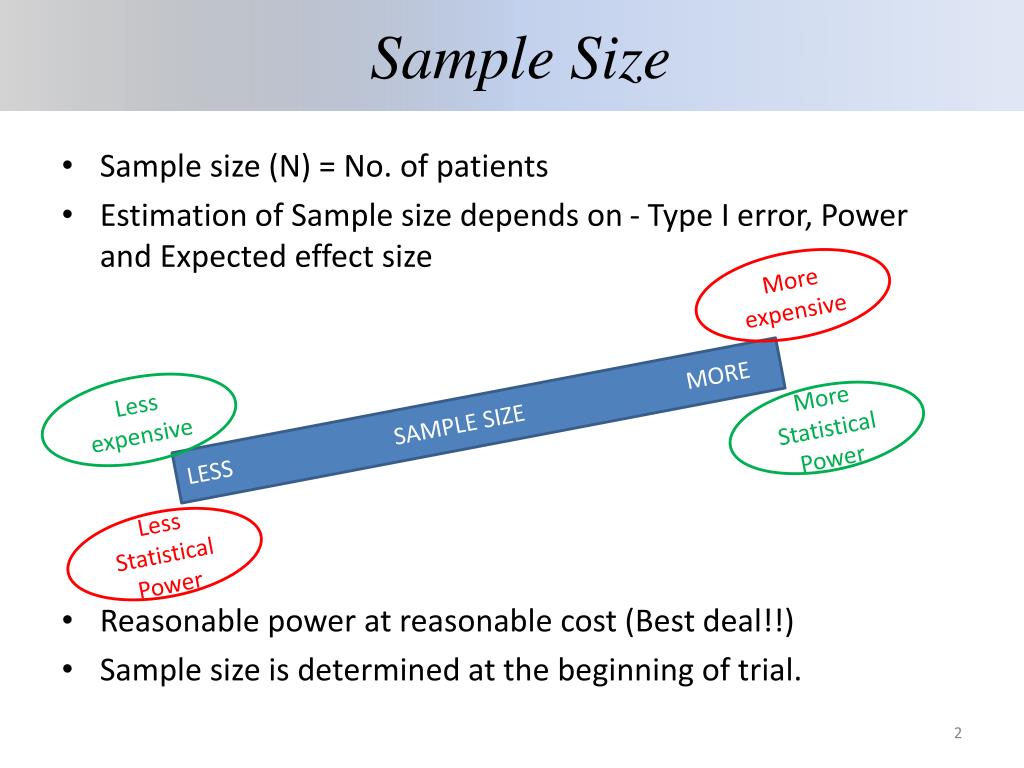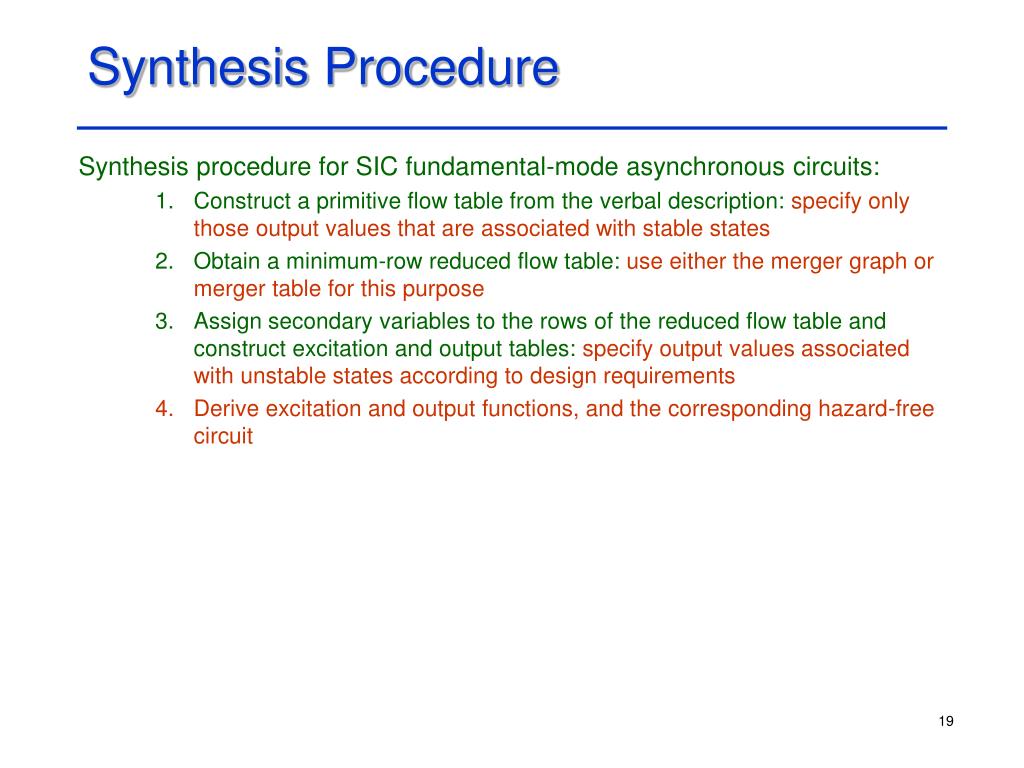

As there are several methods available, researchers face method selection problem while conducting the unit root test on. We do this by having you submit a personal cheek swab, and then we compare your DNA profile to that of the DNA from the item you sent to confirm DNA from the stain. Testing for unit roots has special significance in terms of both economic theory and the interpretation of estimation results. If the DNA shows that the stains from two people (your husband and another person), we can use DNA testing to show whether or not the second person is you or an unknown person. After the stain is extracted, a DNA profile is then created.

The female DNA usually originates from epithelial cells from the vaginal wall, the mouth, or skin, while the male DNA comes from sperm cells. Biological stains resulting from sexual activity often contain a mixture of both male and female DNA. Materials such as semen, saliva, sweat, and vaginal secretions are naturally fluorescent under UV light, which offers a discriminating method for locating these stains that might otherwise be invisible to the naked eye. Ultraviolet (UV) light is a popular tool in many forensic investigations for the presumptive identification of body fluids on various items. Let us get to the bottom of your suspensions by confirming if the stain is only from your husband or if it from your husband and another woman or man. Have you found a suspicious stain on your husband’s underwear, clothing, or bedsheets? Put your mind at ease by sending the fabric to our laboratory for DNA testing. Referred to as a “curiosity test,” the at-home kit provides answers when you just need to know. *The AABB does not accredit for non-chain of custody testing at this laboratory or any other laboratory. Sequential’s legal paternity test is your best choice if you intend to pursue a legal matter regarding custody or support payments. The results are for the use of the tested parties only. However, since samples are self-collected and there is no chain of custody, the final report cannot be used in a legal matter. Sequential routinely reports testing results with a probability of paternity of 99.99% or higher on inclusions and 0.00% on exclusions from these at-home kits.Īlso referred to as a Sequential curiosity test, an at-home DNA test offers accurate and reliable answers so you can decide the next step. With our at-home testing, you receive easy-to-follow instructions, so you can administer and collect samples using a painless buccal cheek swab in a private, non-clinical setting of your choice whenever you need it. KGaA, Weinheim.When you just need to know, Sequential has you covered. An example is provided to illustrate the procedures.Ĭlosed testing graphical approach group sequential hierarchical testing multiple endpoints. We also compare the proposed procedures with other commonly used group sequential procedures in terms of control of the FWER and the power of rejecting the secondary hypothesis. The procedures control the familywise error rate (FWER) strongly by construction and this is confirmed via simulation. The proposed procedures use the correlation between the interim and final statistics for the secondary endpoint while applying graphical approaches to transfer the significance level from the primary endpoint to the secondary endpoint.

We propose two group sequential testing procedures with improved secondary power: the improved Bonferroni procedure and the improved Pocock procedure. In comparison with marginal testing, there is an overall power loss for the test of the secondary endpoint since a claim of a positive result depends on the significance of the primary endpoint in the hierarchical testing sequence. To control the type I error rate for the secondary endpoint, this is tested using a Bonferroni procedure or any α-level group sequential method. Following a hierarchical testing sequence, the secondary endpoint is tested only if the primary endpoint achieves statistical significance either at an interim analysis or at the final analysis. In two-stage group sequential trials with a primary and a secondary endpoint, the overall type I error rate for the primary endpoint is often controlled by an α-level boundary, such as an O'Brien-Fleming or Pocock boundary.


 0 kommentar(er)
0 kommentar(er)
